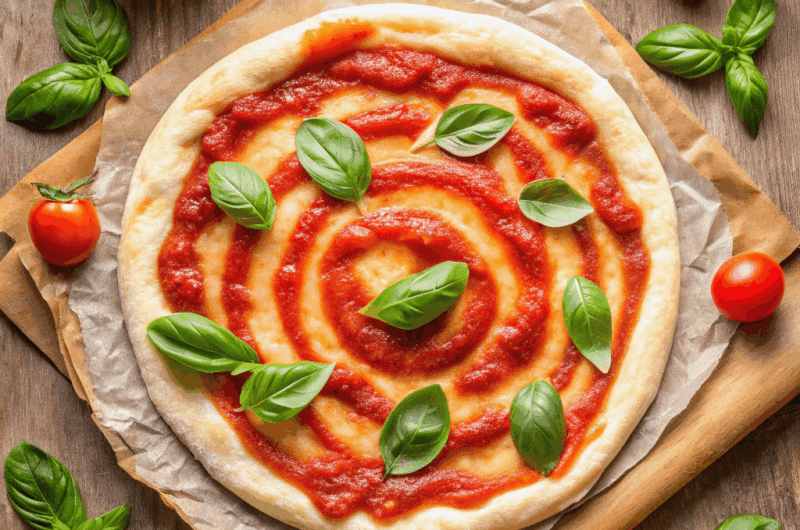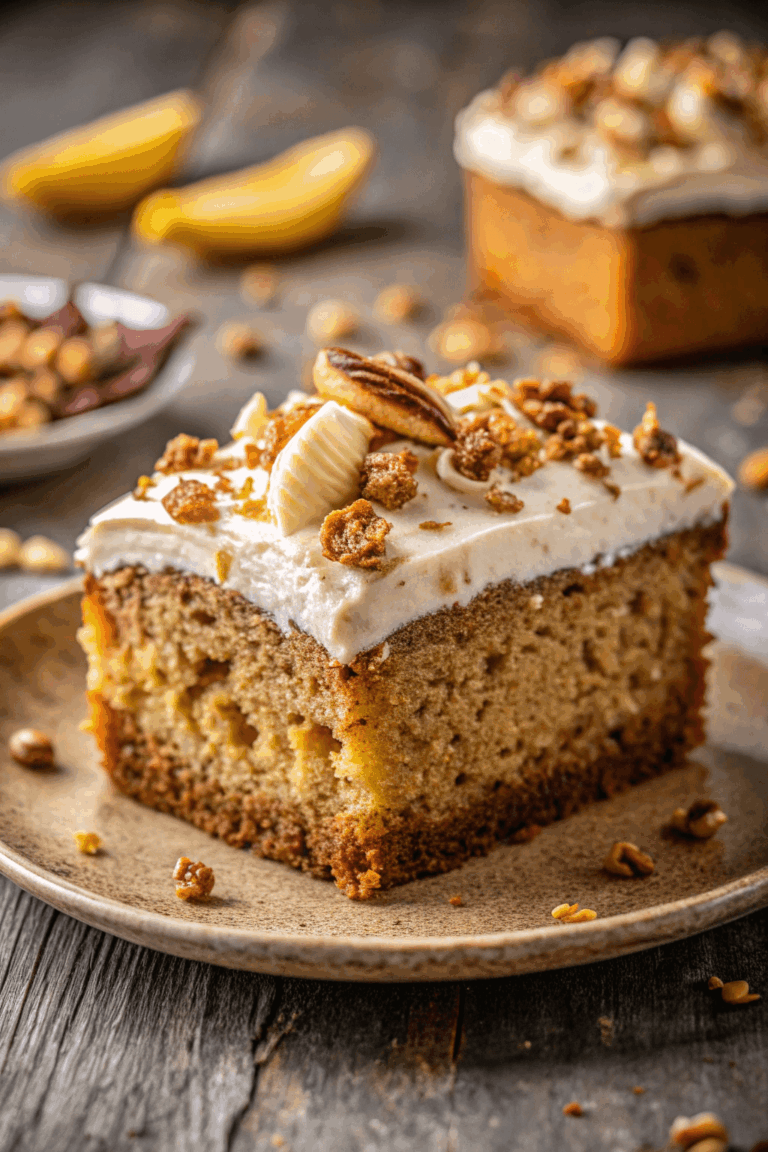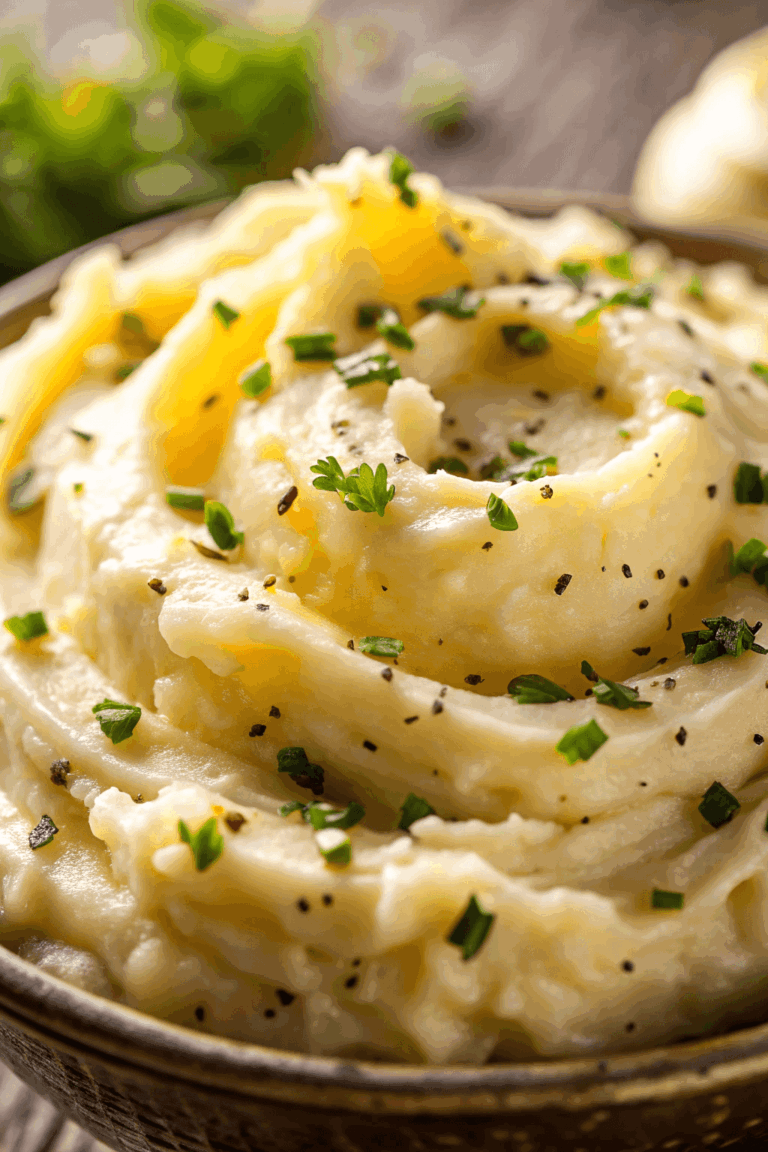The Best Fluffy Pancakes recipe you will fall in love with. Full of tips and tricks to help you make the best pancakes.
The Ultimate Homemade Pizza Dough Recipe for Perfect Crusts
There’s something almost magical about pulling a pizza from the oven, knowing you made the dough from scratch. No frozen crust, no pre-packaged mix just flour, yeast, water, and a little patience. The smell alone is enough to transport you straight to a cozy Italian kitchen. And honestly? Once you nail a good pizza dough recipe, there’s no turning back. It’s cheaper, tastier, and way more satisfying than dialing delivery.
In this guide, I’ll walk you through the entire process ingredients, steps, tips, and storage so you can whip up the perfect homemade pizza dough anytime the craving hits.
Recipe Snapshot:
| Category | Details |
| Yield | 2 medium pizzas (12-inch each) |
| Serving Size | 1 slice (1/8 of a pizza) |
| Prep Time | 15 minutes |
| Proofing Time | 1–2 hours |
| Cook Time | 12–15 minutes |
| Total Time | About 2 hours 15 minutes |
| Calories per Serving | ~180 calories |
| Primary Cooking Method | Baking |
Calories are approximate and may vary depending on exact ingredients used.
Pizza Dough Recipe
Course: Main DishCuisine: ItalianDifficulty: Easy1
slice15
minutes12
minutes180
kcalA good pizza starts with a great crust, and this dough is the real deal. It’s chewy on the inside, crisp on the outside, and strong enough to hold all your favorite toppings without turning soggy. Whether you want a thin-crust margherita or a thick, cheesy pan pizza, this recipe has your back.
Ingredients
- For the Dough
3 ½ cups (420g) all-purpose flour
1 packet (2 ¼ tsp) active dry yeast
1 ½ cups (360ml) warm water (110°F / 45°C)
2 tbsp olive oil
1 tsp sugar
1 ½ tsp salt
- Optional
Extra flour for dusting
Cornmeal for baking surface
Olive oil for brushing
Directions
- Activate the Yeast
In a small bowl, combine warm water, sugar, and yeast. Let it sit for 5–10 minutes until it looks foamy. If it doesn’t foam, your yeast might be expired grab a fresh packet. - Mix the Dough
In a large mixing bowl, stir together flour and salt. Pour in the yeast mixture and olive oil. Mix until a shaggy dough forms. - Knead It Out
Turn the dough onto a floured surface and knead for about 8–10 minutes until smooth and elastic. You can also use a stand mixer with a dough hook for about 6 minutes if you’re feeling fancy. - First Rise
Place the dough in a lightly oiled bowl, cover it with a damp towel or plastic wrap, and let it rise at room temperature for 1–2 hours, or until it doubles in size. - Shape the Dough
Punch down the dough and divide it into two equal portions. Roll each piece into a circle (or rectangle if you’re rebellious) about 12 inches across. Sprinkle a baking sheet or pizza stone with cornmeal to prevent sticking. - Top and Bake
Preheat your oven to 475°F (245°C). Add your favorite sauce, cheese, and toppings, then bake for 12–15 minutes until the crust is golden and the cheese is bubbling.
Extra Tips
- Use Bread Flour for Chew: If you love a chewier crust, swap some or all of the all-purpose flour for bread flour.
- Rest Between Stretches: If the dough resists rolling or springs back, let it rest for 5 minutes before trying again. It just needs to relax.
- Don’t Overload with Toppings: Too much sauce or cheese can weigh down the crust and make it soggy.
- Preheat Your Stone or Pan: A blazing-hot surface makes for the crispiest bottom crust.
- Brush with Olive Oil: Before baking, brush the outer edge with olive oil for a golden, flavorful finish.
Equipment List
- Mixing bowls (1 large, 1 small)
- Wooden spoon or spatula
- Measuring cups and spoons
- Kitchen scale (optional, for precision)
- Stand mixer with dough hook (optional)
- Rolling pin
- Pizza stone or baking sheet
- Damp towel or plastic wrap
- Oven
Substitution Options
Not everyone’s pantry looks the same, and that’s totally fine. Here are some easy swaps to make this pizza dough work for you:
- Flour: All-purpose flour is the classic choice, but bread flour gives a chewier texture. For a healthier option, swap up to half the flour with whole wheat. Gluten-free? Use a 1:1 gluten-free baking blend.
- Yeast: Instant yeast can replace active dry yeast. Just skip the proofing step and mix it straight into the flour.
- Sugar: Honey or maple syrup can be used instead of sugar. Or skip it entirely if you prefer less sweetness.
- Oil: Olive oil gives great flavor, but vegetable oil, avocado oil, or even melted butter can step in.
- Salt: Kosher or sea salt works best, but table salt can be used just use a little less since it’s finer.
With these swaps, you can still get that perfect chewy-crispy crust no matter what’s in your cupboard.
Make-Ahead Tips
One of the best parts about homemade pizza dough is how flexible it is. If you’re planning ahead, you can absolutely prep the dough in advance:
- Overnight Rise: After kneading, let the dough rise in the fridge for up to 24 hours. This slow fermentation adds an incredible depth of flavor.
- Freeze for Later: Once the dough has risen, divide it into portions, wrap each tightly in plastic wrap, and freeze for up to 3 months. Thaw overnight in the fridge before using.
- Par-Bake Crusts: Roll the dough, bake it plain for 5–7 minutes, then cool and store. When ready, add toppings and finish baking for a quick weeknight pizza.
These tricks mean you can have fresh pizza dough ready whenever the mood strikes without waiting around for the rise.
Storage Instructions
Got leftovers or extra dough? Here’s how to keep it fresh:
- In the Fridge: Store risen dough in an airtight container or wrapped tightly in plastic wrap for up to 3 days. Let it come to room temperature before shaping.
- In the Freezer: Freeze dough balls for up to 3 months. Thaw overnight in the fridge, then allow it to rest at room temperature for 30–60 minutes before rolling out.
- Baked Pizza: Leftover baked slices can be stored in the fridge for 3–4 days. Reheat in a hot oven or skillet for the crispiest results.
With these storage tricks, your homemade pizza dough (and pizza nights) will never go to waste.
FAQ Section
Q: Can I make this dough without a stand mixer?
A: Absolutely! Just knead by hand on a floured surface for 8–10 minutes. Think of it as a mini arm workout.
Q: How do I know if my dough has risen enough?
A: It should double in size. Poke it gently—if the indentation stays, it’s ready.
Q: Can I use whole wheat flour for the entire recipe?
A: You can, but the crust will be denser. For the best balance, use half whole wheat and half all-purpose.
Q: Why is my crust tough?
A: Over-kneading or adding too much flour can make the dough stiff. Keep it soft and slightly tacky.
Q: Do I need a pizza stone?
A: Nope! A baking sheet works just fine. A stone just helps with extra crispiness.
Q: Can I refrigerate the dough instead of letting it rise on the counter?
A: Yes! Let it rise slowly in the fridge overnight for amazing flavor.
Food Safety
When working with yeast dough, a few safety pointers will keep everything delicious and risk-free:
- Water Temperature: Make sure the water is warm but not hot (around 110°F / 45°C). Too hot can kill the yeast, too cold won’t activate it.
- Clean Surfaces: Always knead on a clean, sanitized surface to prevent contamination.
- Storage Containers: Use airtight, food-safe containers or plastic wrap when storing dough to avoid bacteria exposure.
- Leftovers: Don’t leave baked pizza sitting out for more than 2 hours at room temperature. Refrigerate promptly.
- Expiration Dates: Check your yeast packet before using—expired yeast won’t just fail to rise, it can sometimes taste off.
Follow these tips, and your homemade pizza dough will be as safe as it is delicious.
Ingredient Selection
The secret to the best pizza dough is starting with the right ingredients. Here’s what to look for:
- Flour: Choose high-protein bread flour for a chewier texture or stick with all-purpose for balance. Avoid cake or pastry flour they’re too soft for a sturdy crust.
- Yeast: Fresh yeast gives great flavor but can be tricky to find. Active dry and instant yeast are reliable, pantry-friendly options.
- Olive Oil: A good-quality extra virgin olive oil adds depth and richness to the dough.
- Salt: Sea salt or kosher salt works best for even seasoning and a cleaner taste.
- Water: Use filtered or bottled water if your tap water has a strong taste it really does affect the dough.
Choosing high-quality basics is the difference between a decent crust and one that makes you want to eat the whole pizza yourself.
Serving Suggestions
Pizza dough is a blank canvas, and how you serve it makes all the difference:
- Classic Margherita: Top with tomato sauce, fresh mozzarella, and basil leaves for a timeless favorite.
- Veggie Lovers: Load up with roasted peppers, mushrooms, onions, and olives for a colorful, hearty option.
- Meat Feast: Pepperoni, sausage, and bacon piled high for a carnivore’s dream.
- White Pizza: Skip the red sauce and go with ricotta, garlic, and spinach.
- Flatbread Style: Roll it thinner, bake with olive oil and herbs, and serve as an appetizer or side.
Serve straight from the oven with a drizzle of olive oil or a sprinkle of Parmesan, and you’ve got a meal that’s guaranteed to impress.
Nutritional Information
Here’s a rough breakdown per serving (1 slice from a 12-inch pizza crust, without toppings):
- Calories: ~180
- Carbohydrates: 34g
- Protein: 5g
- Fat: 3g
- Saturated Fat: 0.5g
- Fiber: 1g
- Sodium: 220mg
- Sugar: 1g
Nutritional values are estimates and will vary depending on specific brands and measurements used.

Final Thoughts
At the end of the day, pizza dough is more than just the base of a meal it’s the heart of it. Making it from scratch gives you control over every ingredient, every rise, every golden-brown edge.
And the best part? You don’t need to be a professional baker to pull it off. Just some flour, water, and patience, and suddenly your kitchen smells like an Italian pizzeria.
So the next time the craving hits, skip delivery and grab your mixing bowl. Because once you’ve tasted the chewy, crisp, homemade goodness of your own pizza dough, you’ll wonder why you didn’t start making it sooner.





